Every year, during the chestnut season, customers from all over the country order chestnuts from Chongqing at 230,000 VND/kg, 3 times more expensive than Chinese chestnuts, but there is not enough supply to the market. Chongqing chestnuts have high economic value and are chosen by consumers at competitive prices, but the output does not meet market demand.
Chinese chestnuts "borrow" Chongqing brand for consumption
According to Ms. Hau, every year when the chestnut season comes, she has to order early from households in Dam Thuy and Chi Vien communes to buy because the chestnut season is over in just over 20 days, and the yield in the garden is not much. Households in Ban Khay, Dam Thuy commune (a locality where many chestnut trees are grown) said: Chestnuts are currently harvested mainly from perennial crops, from 10 to 20 years old; the newly planted area is not much, so the yield is low. Although Trung Khanh chestnuts have small seeds, due to the suitable climate and soil, they are still fragrant, crumbly, sweet, and rich in a special way.
Regarding the difference between Trung Khanh chestnuts and Chinese chestnuts and the willingness to pay a high price to buy delicious local chestnuts, Ms. Doan Le Hai, a tourist from Cau Giay district (Hanoi) said: I went to the Green market (City) and to the Ban Gioc waterfall tourist area (Trung Khanh) and saw chestnuts for sale labeled as hot Trung Khanh chestnuts, so I bought them and found them sweet and fragrant. After that, a close friend in Cao Bang gave me Trung Khanh chestnuts bought directly from the locals. When I ate them, I found the Trung Khanh chestnuts fragrant, crumbly, sweet, and rich, completely different from the Chinese chestnuts (with the Trung Khanh brand) bought at the Green market for 70 - 80 thousand VND/kg. Because Trung Khanh chestnuts were so delicious, I asked my close friend to order a few kilos to bring back to Hanoi as gifts even though I knew they were 3 times more expensive than Chinese chestnuts.
At the Green market in Cao Bang city, the chestnut shop owners said that in the fall, when the chestnut season comes, Chinese chestnut traders sell them at cheap prices and they are also delicious. Chestnuts in Trung Khanh district are not sold in the city. If regular customers order, they have to call 1-2 days in advance in the Trung Khanh chestnut garden to buy them, but the quantity is small and not available and in large quantities like Chinese chestnuts. Many tourists like Ms. Doan Le Hai from the lowlands, of course, think that when they go to Cao Bang and see chestnuts for sale, they are Trung Khanh chestnuts. Moreover, they cannot distinguish Trung Khanh chestnuts from Chinese chestnuts. When customers ask the seller, they still say they are Trung Khanh chestnuts (except for regular customers who can distinguish Trung Khanh chestnuts from Chinese chestnuts and want to order Trung Khanh chestnuts, the shop owners will order them from the garden).
In recent years, Chinese chestnuts using the Trung Khanh chestnut brand have consumed hundreds of tons in Cao Bang. Because Chinese chestnuts are not too bad in quality compared to Trung Khanh chestnuts and chestnuts from other districts, the import price is only over 50 thousand VND/kg, after being shelled, steamed, roasted and dried, they are sold for 70 - 80 thousand VND/kg, the price is reasonable, the quantity is large enough to meet market demand.
Native chestnuts are expensive, why aren't people interested?
Why are Chongqing chestnuts sold at high prices, delivered at the garden for 150,000 - 180,000 VND/kg, and after being shelled, steamed, roasted, and dried, the price is 200,000 - 230,000 VND/kg, 3 times higher than Chongqing chestnuts, with high economic value but people are not interested in planting new chestnut trees to increase the area to meet market demand? This is a question that many people are interested in.
Through research, it is known that in the period of 1960 - 1970, Trung Khanh district had 1,600 hectares of chestnut trees planted and managed by cooperatives. After the cooperatives were dissolved (from 1990 - 2016), there were only about 240 hectares of chestnut trees left. Although there have been many projects to support the planting of new chestnut trees, they have been almost ineffective.

According to Secretary of Trung Khanh District Party Committee Nguyen Anh Que, in recent years, the district has identified chestnut as an endemic crop with high economic value, certified with "Geographical Indication" for production areas in the communes of Chi Vien, Dam Thuy, Dinh Minh, Phong Chau, Dinh Phong... In the 2020 - 2025 term, the District Party Committee issued a program on chestnut tree development, leading and directing specialized agencies and localities to focus resources on mobilizing and supporting people to plant chestnut trees. Strive to plant 300 hectares in the 2020 - 2025 period, and by 2030, plant an additional 200 hectares. Up to now, the district has only planted nearly 200/300 hectares, bringing the total chestnut tree area in the district to 700 hectares, with an income of about 200 million VND/ha.
The District People's Council issued a policy to support the development of chestnut trees in association with tourism promotion, with plans and targets for communes developing tourism to plant 15 - 30 hectares. Chestnut tree growers are provided with two types of seeds by the district, including chestnut trees grown from seeds and grafted chestnut trees, with acceptance of growing trees and guidance on technical transfer. Although the district has specific programs and solutions to support people in planting new chestnut trees, they still face difficulties. Through research on chestnut growers in the communes of Dam Thuy, Chi Vien, Dinh Minh, Dinh Phong... we learned that people are still hesitant about grafted chestnut trees. Because there was a project to provide chestnut tree seeds for people to plant, which yielded few fruits, small seeds, and poor quality, people planted their own seeds in the traditional way.
Ms. Ly Thi Nhi, Bo Da hamlet, Trung Khanh town said: New chestnut trees grow slowly and have low yields because local people still take care of them traditionally. Planting trees from seeds, with little care, takes 8-10 years to bear fruit. Therefore, in recent years, chestnut trees have become stunted, yield and quality have decreased, affecting the income of growers. Because it is a long-term tree, it takes 5-6 years to assess the quality of the tree, so people are reluctant to plant it. Although the province and district have mechanisms and policies to encourage people to invest in planting chestnut trees, due to low support levels and cumbersome procedures, many households who want to plant them have not been able to access it.
Maintaining a brand requires consensus from many sides.
Director of the Department of Agriculture and Rural Development Nguyen Thai Ha said: Any product brought to the market must face the problem of competition, and so does Trung Khanh chestnut. To develop chestnut trees, Trung Khanh district needs to coordinate and call on dedicated businesses to join the district in building seedling farms and cultivating high-quality seedlings to create trust for the people; call on businesses and cooperatives to coordinate with people to invest, support, and guide people in caring for and consuming products, ensuring the chain of links. The Department of Agriculture and Rural Development has established chestnut trees as an important endemic tree, included them in the province's smart agriculture development project, and set a target of reaching 900 - 1,000 hectares by 2025...
Currently, in Trung Khanh district, there are 2 dedicated businesses cultivating grafted chestnut trees, including: Bich Loan Cooperative, Trung Khanh town, with an area of 1.5 hectares, has cultivated 20,000 chestnut seedlings that have grown well; Nasan Green Company Limited, Chi Vien commune has cultivated chestnut trees and planted experimentally on an area of 2.1 hectares, of which more than 1,000 trees have grown well. Mr. Trieu Kim Cuong, Director of Nasan Green Company Limited, said: Chestnut is a famous tree associated with Trung Khanh district, oriented and selected by experts of the UNESCO Geopark network to honor heritage trees; building a chestnut garden with beautiful scenery like autumn in Europe as a tourist experience spot to increase the attractiveness and develop tourism products of Trung Khanh district, within the recommendations for preserving and developing indigenous culture in the UNESCO Global Geopark Non Nuoc Cao Bang. Therefore, the Company is very enthusiastic, wanting to contribute to promoting the development of chestnut forests, both to have chestnut products for sale and to increase forest cover associated with the development of farm tourism products.
Currently, Nasan Green Company Limited has built a 2.1 hectare nursery and planted an experimental grafted chestnut garden with 1,000 trees that are growing well, with a 100% flowering and fruiting rate. From the new nursery model, chestnut trees are growing well. I want to work with the district authorities to propagate and mobilize people to change their awareness, continue to focus on planting new trees and taking care of chestnut trees to expand the area, increase the yield and quality of chestnuts to continue to compete in the market - Mr. Cuong affirmed.

To bring chestnuts to the market with new products, Ms. Truong Thi Minh Hau, Vice President of the Provincial Tourism Association, said: Currently, the Provincial Tourism Association is promoting the establishment of the Cao Bang Chefs Association. In the coming time, I will advise the Executive Board of the Tourism Association and the Cao Bang Chefs Association to pay attention to organizing culinary events about chestnuts in chestnut gardens, cooking competitions about chestnut dishes and inviting famous Vietnamese chefs to participate to promote chestnut cuisine such as chestnut sticky rice, chestnut sweet soup, chestnut stewed with pig's feet, chestnut cake... Connecting chestnut culinary products, experiencing chestnut gardens with tourism, creating new and unique tourism products of Trung Khanh district, contributing to promoting the building of a strong chestnut brand associated with tourism in Cao Bang province. The most important thing is that the government accompanies the people and businesses.
Secretary of Trung Khanh District Party Committee Nguyen Anh Que said: The district continues to resolutely direct functional departments, communes and towns to plan chestnut growing areas and promote propaganda to raise people's awareness of the advantages of chestnut growing, linking with agricultural centers to produce good seedlings, ensuring quality; linking with businesses to ensure harvesting and preserving chestnuts longer, with better quality. Especially linking chestnut development with renewing tourism products such as chestnut garden experiences, special dishes made from chestnuts... Mobilizing capital from programs, career capital, projects, sub-projects to support seeds and fertilizers for people so that people have resources and feel secure in planting chestnuts.
With the desire and passion to preserve, conserve and develop the Trung Khanh chestnut brand, people and businesses still expect the Trung Khanh District Party Committee and People's Committee to perform well the role of connecting and accompanying people and businesses to continue to improve the quality and output of competitive chestnuts in the market, contributing to building new, attractive and different tourism products for Cao Bang tourism.
Truong Ha School
Source


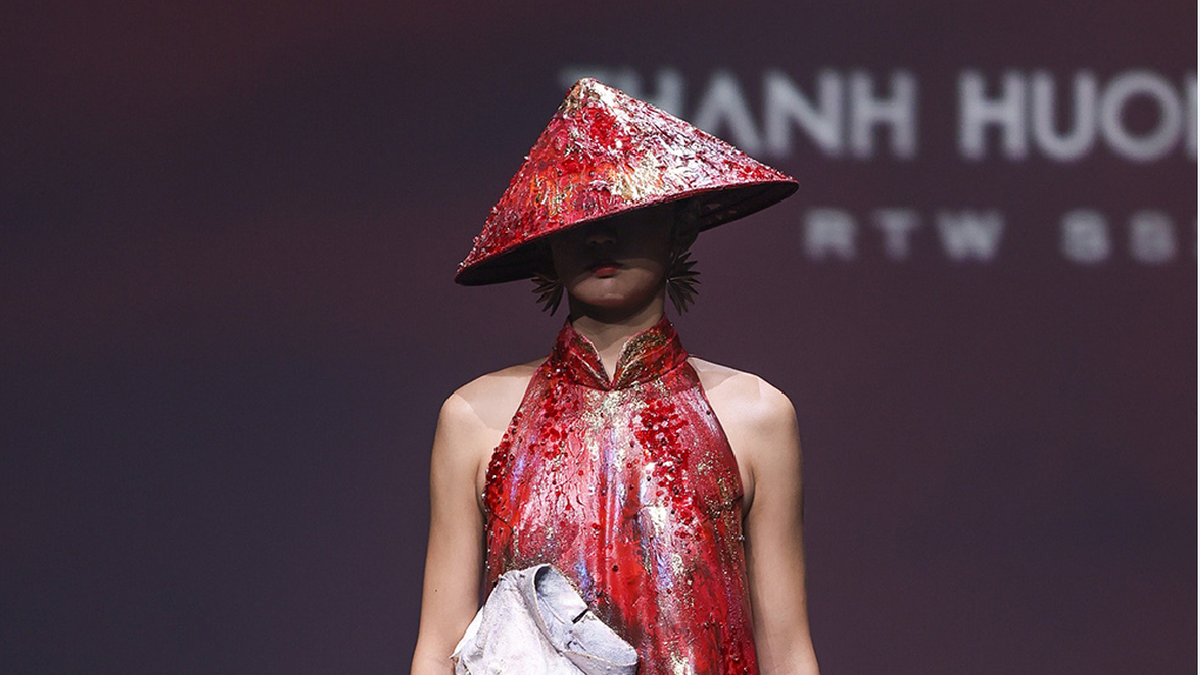





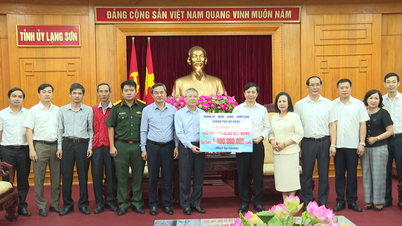

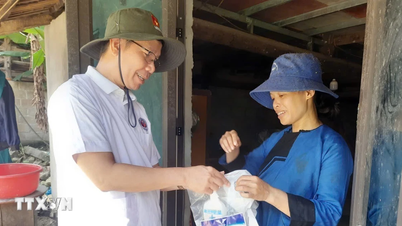











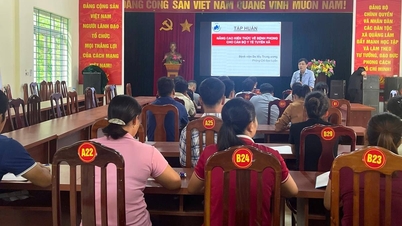

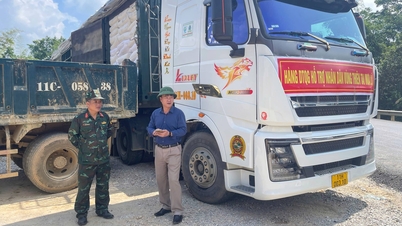






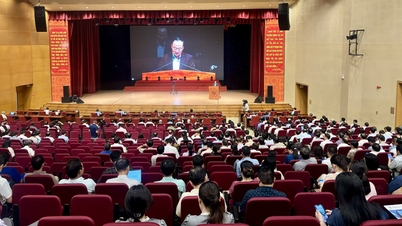



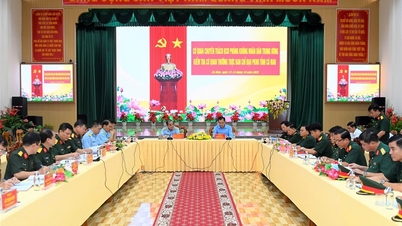



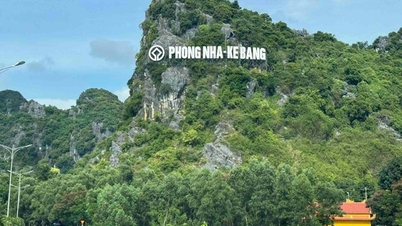






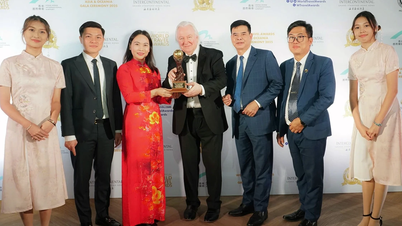

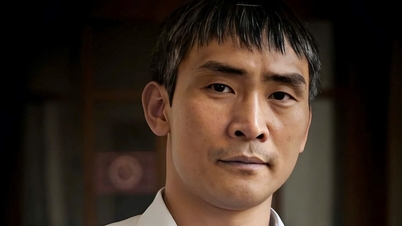









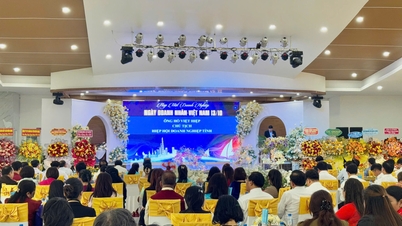

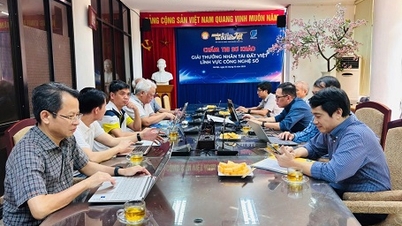










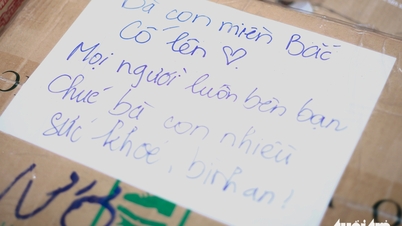

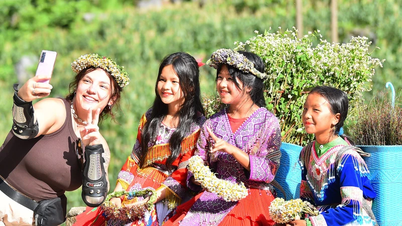
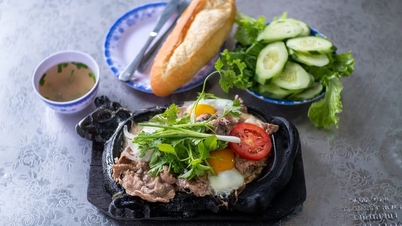





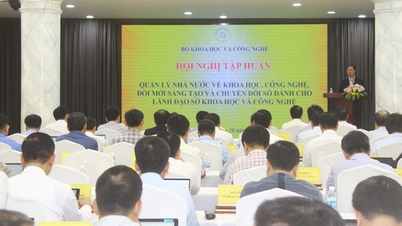

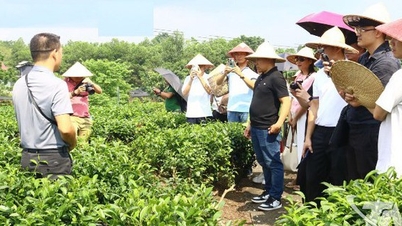


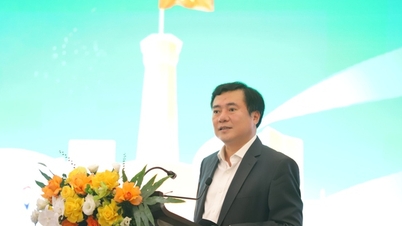
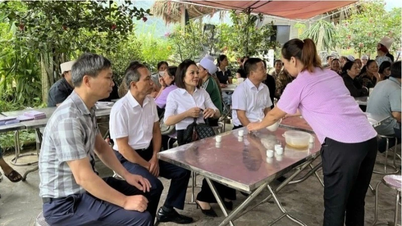

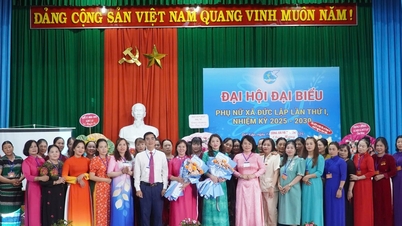



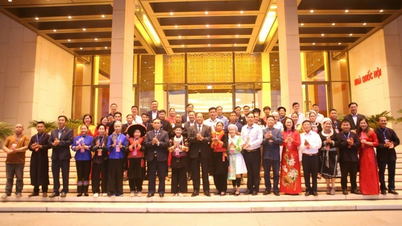


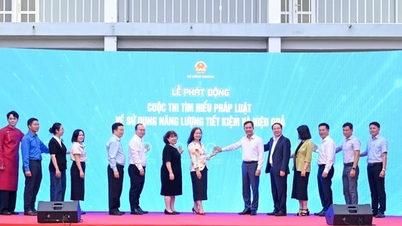













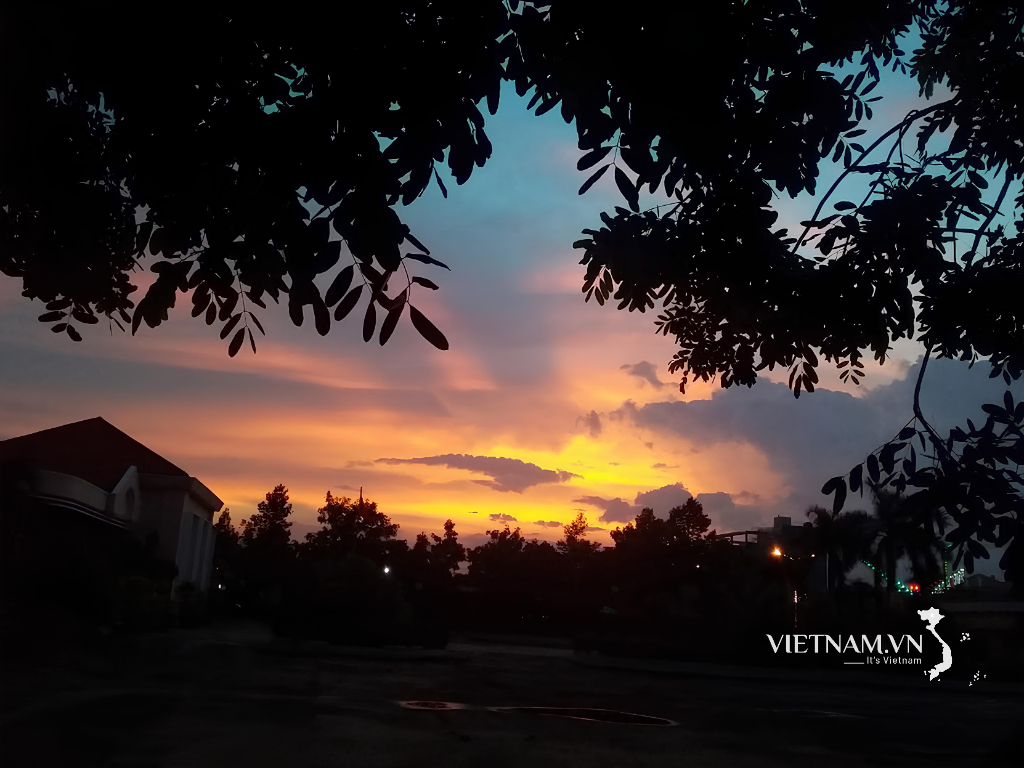
Comment (0)